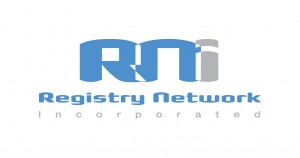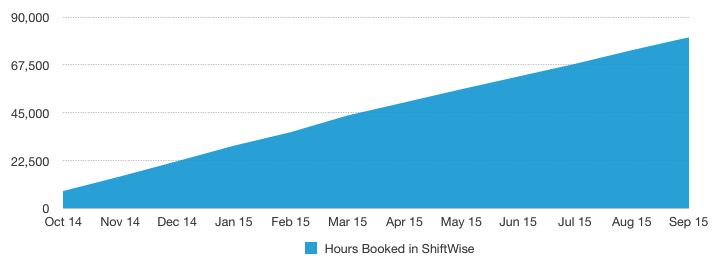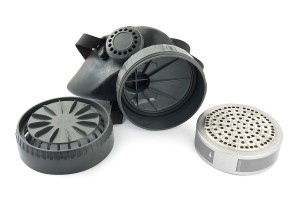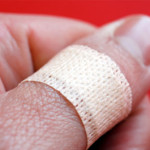Noncompliance Cited at Joint Commission Standard
The US Food and Drug Administration (FDA) recently published a final rule banning the use of powdered gloves.* As stated in the citation summary, “The Food and Drug Administration (FDA or Agency) has determined that Powdered Surgeon’s Gloves, Powdered Patient Examination Gloves, and Absorbable Powder for Lubricating a Surgeon’s Glove present an unreasonable and substantial risk of illness or injury and that the risk cannot be corrected or eliminated by labeling or a change in labeling. Consequently, FDA is banning these devices. This rule is effective on January 18, 2017.”
Further clarification in the final rule indicates that “the ban applies to all powdered surgeon’s gloves and powdered patient examination gloves without reference to the type of material from which they are made. Additionally, the identification of non-powdered surgeon’s gloves and non-powdered patient examination gloves is also being revised to remove reference to material.”
As a result of this FDA ban, The Joint Commission now evaluates organizations to assure that required implementation of non-powdered glove use occurs as part of the routine survey evaluation. Effective January 18, 2017, for all accreditation programs, instances of noncompliance are being cited at Leadership (LD) Standard LD 04.01.01, Element of Performance (EP) 2: The [organization] provides care, treatment, and services in accordance with licensure requirements, laws, and rules and regulations.”
The final rule also provides guidance on the proper disposal of remaining stock of powdered gloves, recommending that “unused supplies at hospitals, outpatient centers, clinics, medical and dental offices, other service delivery points (nursing homes, etc.), and in the possession of end users, will need to be disposed of according to established procedures of the local community’s waste management system.” While it is important for organizations to address and manage the disposal process, The Joint Commission will not evaluate the organization’s disposal process of any remaining stock because this is outside the scope of the Joint Commission survey.
Questions may be submitted via the form at: https://web.jointcommission.org/sigsubmission/sigquestionform.aspx
* US Food and Drug Administration (FDA). Banned Devices; Powdered Surgeon’s Gloves, Powdered Patient Examination Gloves, and Absorbable Powder for Lubricating a Surgeon’s Glove. Accessed Feb 9, 2016. federalregister.gov


 information in this publication is derived from actual events that occur in health care.
information in this publication is derived from actual events that occur in health care. 










